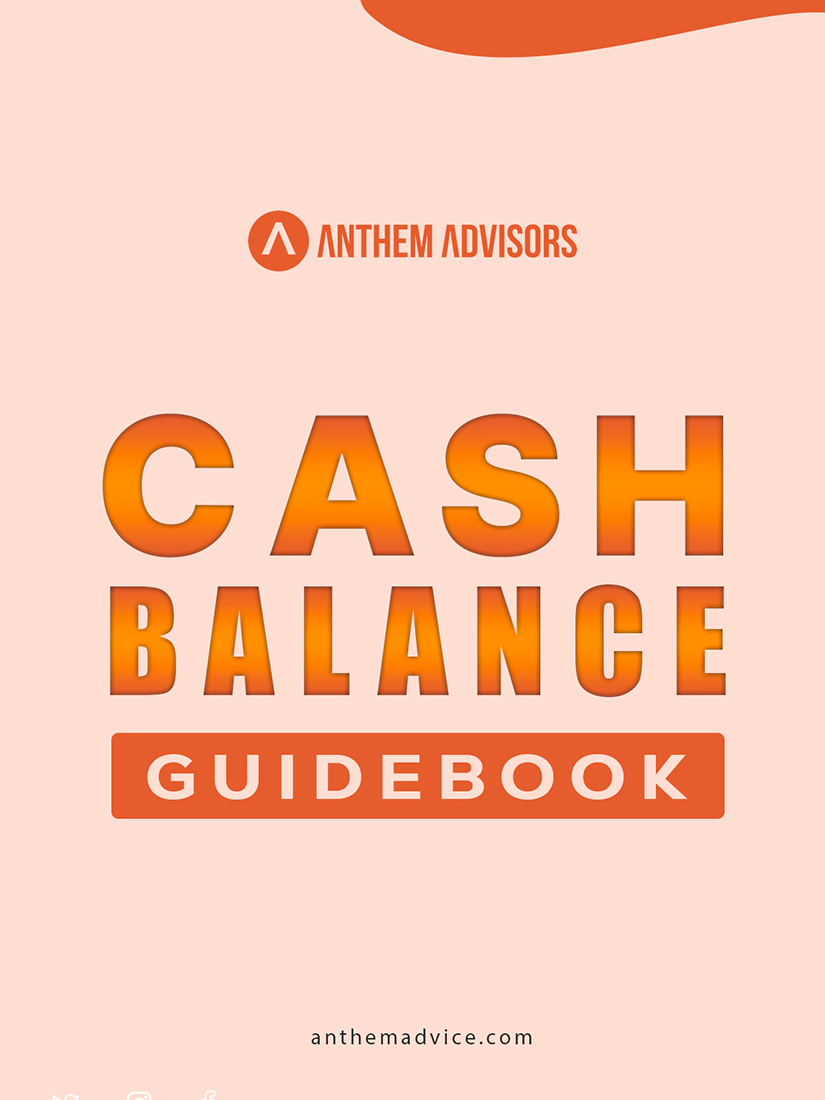Many people look forward to retirement—a time to relax, pursue hobbies, travel, or spend more time with family. However, achieving a comfortable retirement requires careful planning and intelligent financial decisions. Whether you’re just starting your career or nearing retirement age, it’s never too late to begin planning. In this guide, we’ll walk you through the essential retirement planning steps, offering tips and strategies to help you prepare for a financially secure future.
1. Understand the Importance of Early Retirement Planning
One of the most critical aspects of retirement planning is starting early. The earlier you begin, the more time your money has to grow. This concept is known as the power of compound interest, where your earnings generate even more profits over time. By contributing regularly to your retirement accounts from a young age, you can significantly increase your savings by retirement.
For example, if you start saving $200 a month at age 25 and continue until you’re 65, assuming an average annual return of 7%, you could have around $500,000 saved by retirement. If you wait until age 35 to save the same amount, your savings could only grow to about $250,000 by age 65. This stark difference illustrates why early planning is crucial.
2. Set Clear Retirement Goals
Before discussing specific retirement planning tips, it is essential to define what a comfortable retirement looks like for you. Everyone’s retirement goals differ, and understanding your personal goals will help guide your planning process.
- Lifestyle Expectations: Consider how you envision your retirement. Do you plan to travel extensively, downsize your home, or move to a different location? Your lifestyle choices will significantly impact your retirement budget.
- Retirement Age: Determine the age at which you plan to retire. The earlier you retire, the more savings you’ll need, as you’ll have more years to cover living expenses without a regular paycheck.
- Healthcare Costs: Factor in potential healthcare costs, which tend to increase as you age. Medicare covers many healthcare expenses for retirees but doesn’t cover everything, so it’s wise to budget for out-of-pocket costs.
You can create a retirement plan tailored to your unique needs and desires by setting clear goals.
3. Maximize Retirement Contributions
Once you’ve established your retirement goals, the next step is to maximize your contributions to retirement accounts. There are several types of retirement accounts, each with its advantages:
- 401(k) or 403(b) Plans: These employer-sponsored retirement plans allow you to contribute a portion of your salary before taxes. Many employers offer matching contributions, essentially free money, so be sure to contribute enough to take full advantage of the match.
- Individual Retirement Accounts (IRAs): IRAs are another popular retirement savings option. Traditional IRAs allow you to contribute pre-tax dollars, reducing your taxable income, while Roth IRAs let you contribute after-tax dollars, offering tax-free withdrawals in retirement.
- Catch-Up Contributions: If you’re over 50, you can make catch-up contributions to your retirement accounts. This allows you to save more in the years leading up to retirement.
Maximizing your retirement contributions helps grow your savings and provides potential tax advantages.
4. Diversify Your Investments
Diversification is a key strategy in retirement planning. Instead of putting all your money into one type of investment, spread your assets across different investment classes, such as stocks, bonds, and real estate. This approach helps reduce risk, as the performance of one investment won’t heavily impact your entire portfolio.
- Stocks: While riskier, stocks offer higher potential returns, making them a good option for long-term growth. Consider allocating some of your retirement savings to stocks, especially if you have many years before retirement.
- Bonds: Bonds are generally safer than stocks and provide more stable returns. They are often used to balance a portfolio and provide income during retirement.
- Real Estate: Investing in real estate, such as rental properties or investment trusts (REITs), can offer a steady income stream and potential appreciation.
The right mix of investments depends on your risk tolerance, time horizon, and retirement goals. Review and adjust your portfolio regularly to ensure it aligns with your changing needs.
5. Plan for Taxes in Retirement
Taxes don’t disappear in retirement, so it’s essential to have a strategy to minimize your tax burden. Here are some tips to consider:
- Understand Tax-Deferred Accounts: Contributions to tax-deferred accounts, like traditional 401(k)s and IRAs, reduce your taxable income in the year you contribute. However, withdrawals in retirement are taxed as ordinary income. Plan your withdrawals carefully to avoid moving into a higher tax bracket.
- Utilize Roth Accounts: Roth IRAs and Roth 401(k)s offer tax-free withdrawals in retirement, as contributions are made with after-tax dollars. Traditional and Roth accounts can give you flexibility in managing your tax liability during retirement.
- Consider Tax-Efficient Withdrawal Strategies: In retirement, you must plan how you withdraw from your accounts. A common strategy is to withdraw from taxable accounts first, then tax-deferred accounts, and finally, Roth accounts. This approach can help you manage your tax bill and extend your savings life.
6. Prepare for Healthcare Costs
Healthcare is one of the most significant expenses in retirement, and it’s crucial to plan for these costs. While Medicare covers many healthcare expenses, it doesn’t cover everything. Consider these options to ensure you’re prepared:
- Medicare: Become familiar with what Medicare covers and the associated costs. For example, Medicare Part B covers outpatient care, but you must pay premiums, deductibles, and co-payments.
- Supplemental Insurance: Consider purchasing supplemental insurance, such as Medigap or a Medicare Advantage Plan, to cover gaps in Medicare coverage.
- Long-Term Care Insurance: Long-term care can be expensive, and Medicare does not cover it. Long-term care insurance helps cover the cost of services like nursing homes, assisted living, and in-home care.
By planning for healthcare costs, you can avoid financial surprises and protect your retirement savings.
7. Review and Adjust Your Plan Regularly
Retirement planning is not a one-time event; it’s an ongoing process. Life circumstances, economic conditions, and personal goals can change over time, so regularly reviewing and adjusting your retirement plan is essential.
- Annual Reviews: Conduct an annual review of your retirement plan to assess your progress and make necessary adjustments
. - Adjust for Life Changes: Significant life events, such as marriage, divorce, the birth of a child, or a change in employment, may require updates to your retirement plan.
- Stay Informed: Keep up-to-date with changes in tax laws, retirement account rules, and economic trends that could impact your retirement strategy.
8. Work with a Financial Advisor
Navigating the complexities of retirement planning can be challenging, so many people choose to work with a financial advisor. A professional can help you:
- Develop a Comprehensive Plan: A financial advisor can create a customized retirement plan based on your unique goals and circumstances.
- Optimize Your Investments: Advisors can help you choose the right mix of investments and adjust your portfolio as needed.
- Provide Ongoing Support: Retirement planning is a long-term process, and an advisor can offer guidance and support throughout your journey.
At Anthem Advisors, we specialize in helping clients prepare for a comfortable retirement. Our team of experts is here to guide you through every step of the retirement planning process. Contact us today at (305) 482-3002 to confidently start planning your future.
Take the First Step Toward a Secure Retirement—Partner with a Trusted Financial Advisor Today!
Retirement planning is critical to achieving financial independence and ensuring a comfortable future. You can build a secure retirement by starting early, setting clear goals, maximizing your contributions, diversifying your investments, planning for taxes and healthcare, and regularly reviewing your plan. Working with a trusted financial advisor can further enhance your planning efforts, providing the expertise and support you need to reach your retirement goals.









